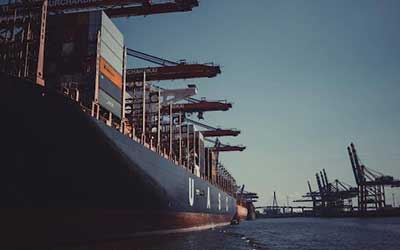 In an era where consumers are increasingly conscious of the environmental and ethical impact of their purchases, supply chain transparency has become a key consideration for both businesses and shoppers alike.
In an era where consumers are increasingly conscious of the environmental and ethical impact of their purchases, supply chain transparency has become a key consideration for both businesses and shoppers alike.
Understanding the journey of a product from its inception in the factory to its final destination on the store shelf is crucial for making good choices and ensuring responsible consumption.
Sourcing Raw Materials:
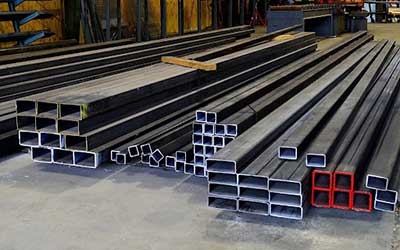 The journey begins at the source – the raw materials.
The journey begins at the source – the raw materials.
Whether it’s cotton for clothing or metal for electronics, every product starts sourcing materials. We make sure to follow ethical sourcing practices like selecting suppliers who adhere to responsible environmental and social standards. We don’t source from sweatshops or from factories that engage in unsafe or unethical actions towards their employees. Our goal is to ensure that for our customers the raw materials we get are sourced sustainably and with fair labor practices.
Manufacturing Process:
 Once the raw materials are secured, they undergo the manufacturing process.
Once the raw materials are secured, they undergo the manufacturing process.
Typically on a first order this will involve getting tooling made before production. Just as we make sure the raw material suppliers we source from are ethical, we do the same for the factories we source. We vet the factories to ensure they have safe working conditions for their employees and that they do not exploit them. It is important to us and our customers that everyone involved throughout the whole process is treated fairly.
Logistics and Transportation:
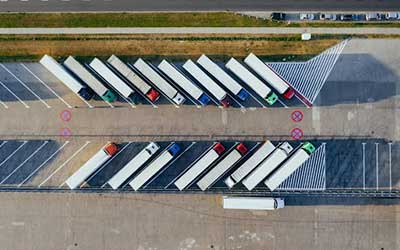 The journey continues with the transportation of goods from the factory to various distribution points.
The journey continues with the transportation of goods from the factory to various distribution points.
Transparency in logistics includes disclosing the transportation methods used and their environmental impact. We can help provide options for more eco-friendly shipping methods, reducing their carbon footprint and contribute to a more sustainable supply chain. This can come from more efficient shipping routes, or methods of transportation.
Distribution and Warehousing:
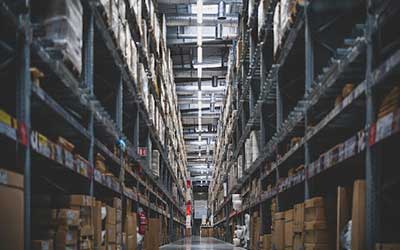 As products move through the supply chain, they pass through distribution centers and warehouses.
As products move through the supply chain, they pass through distribution centers and warehouses.
Transparent companies share information about these facilities, ensuring compliance with safety and environmental regulations. This transparency aids in building trust, as consumers are assured that their chosen products are stored and handled responsibly. This is usually where our part is finished, getting our customers products to their door, but it is not quite the end of the supply chain cycle.
Retail Partnerships:
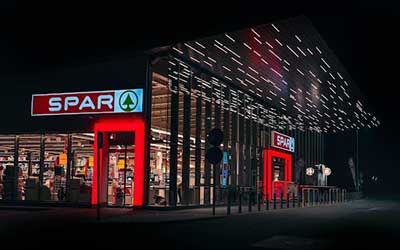 Some of our customers may have their own storefronts which they sell their goods through. Others will engage with retailers to sell their products, such as Walmart or Target. Transparency at this stage involves clear communication between brands and retailers regarding product information, pricing, and promotions.
Some of our customers may have their own storefronts which they sell their goods through. Others will engage with retailers to sell their products, such as Walmart or Target. Transparency at this stage involves clear communication between brands and retailers regarding product information, pricing, and promotions.
These collaborative efforts ensure that consumers receive accurate information about the products they purchase.
Customer Engagement:
 The journey isn’t complete without engaging with the end consumer. Brands that prioritize transparency provide detailed product information, including origin, manufacturing details, and environmental impact. This openness allows consumers to align their values with their purchasing decisions.
The journey isn’t complete without engaging with the end consumer. Brands that prioritize transparency provide detailed product information, including origin, manufacturing details, and environmental impact. This openness allows consumers to align their values with their purchasing decisions.
For some products, companies can also provide information on how to responsibly dispose of or recycle their products. This closes the loop in the supply chain, emphasizing a commitment to reducing environmental impact throughout a product’s lifecycle.
Supply chain transparency is not just a buzzword; it’s a commitment to accountability, ethical practices, and environmental responsibility. In today’s world, consumers want to be made aware of the journey the products we source take from factory to shelf, empowering them to make choices aligned with their values. We love being a part of that journey.
